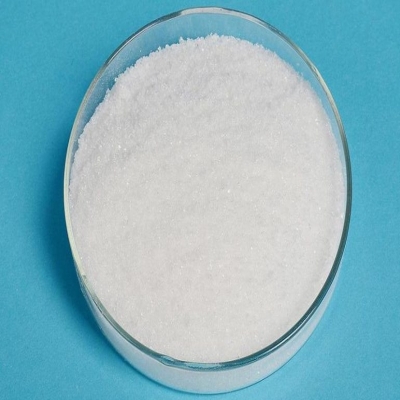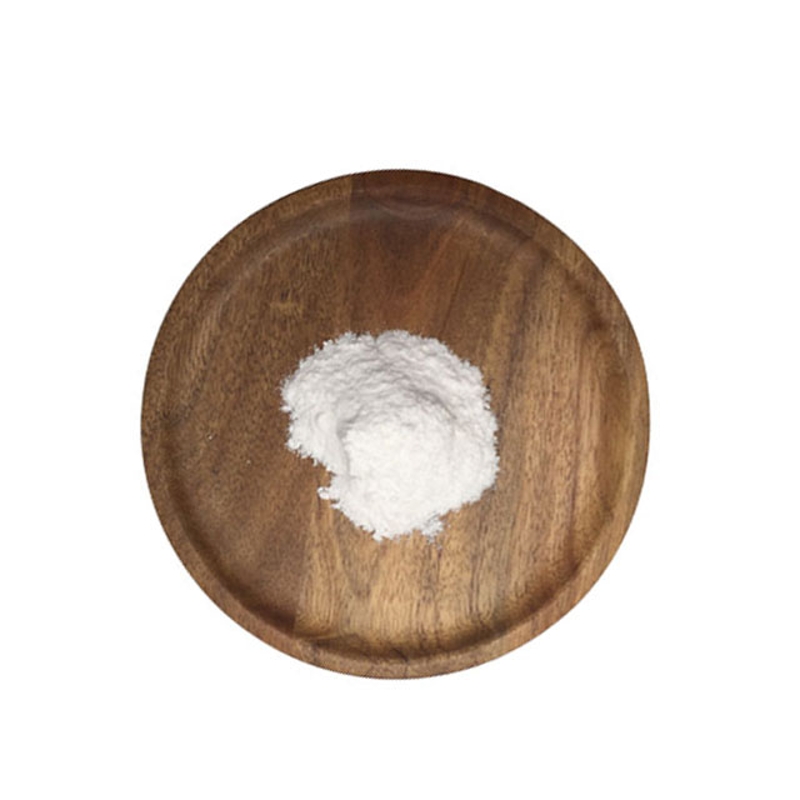-
Categories
-
Pharmaceutical Intermediates
-
Active Pharmaceutical Ingredients
-
Food Additives
- Industrial Coatings
- Agrochemicals
- Dyes and Pigments
- Surfactant
- Flavors and Fragrances
- Chemical Reagents
- Catalyst and Auxiliary
- Natural Products
- Inorganic Chemistry
-
Organic Chemistry
-
Biochemical Engineering
- Analytical Chemistry
- Cosmetic Ingredient
-
Pharmaceutical Intermediates
Promotion
ECHEMI Mall
Wholesale
Weekly Price
Exhibition
News
-
Trade Service
In a recent study published in Critical Care, an authoritative journal in critical care medicine, researchers aimed at assessing the characteristics and outcomes of patients with negative and positive infectious shock.
researchers conducted a retrospective look at forward-looking registry data from 2014 to 2018.
the study included a total of 2,499 adult infectious shock patients.
outcome was 90 days of mortality, the secondary outcome was hospital stay, mechanical aeration or renal replacement therapy was required, and inpatient mortality was required.
Of the 1718 infectious shock patients, 1012 (58.9%) were positive (803 cases of blood culture, 302 cases of urine culture, 102 cases of sputum culture, 204 cases of other cultures), and the median time of pathogens was detected at 9.5 hours (aerobic time was 10.2 hours and oxygen-free time was 9.0 hours).
most common site of positive infection was the liver bile gallblades (39.5%), while the most common site of cultured negative was the lower respiratory tract (38.2%).
the average body temperature (37.3 vs. 37.7 degrees C), lactic acid levels (2.5 vs. 3.2 mmol/L), C reactive protein levels (11.1 vs. 11.9 mg/dL) and sequentia organ failure assessment scores (7.0 vs. 8.0) were lower than in the cultured positive group.
, there was no significant difference in the 90-day mortality rate between the two groups (32.7 vs. 32.2 per cent, p-0.83) and no significant difference in other clinical outcomes.
, shorter culture detection times were associated with higher sequente organ failure assessment scores, but not mortality.
, it can be seen that bacterial culture in infectious shock patients is often negative, especially when the infection is concentrated in patients with lower respiratory tract.
although bacterial culture negatives are associated with a certain degree of organ dysfunction, it is not an independent predictive factor for death.
。







